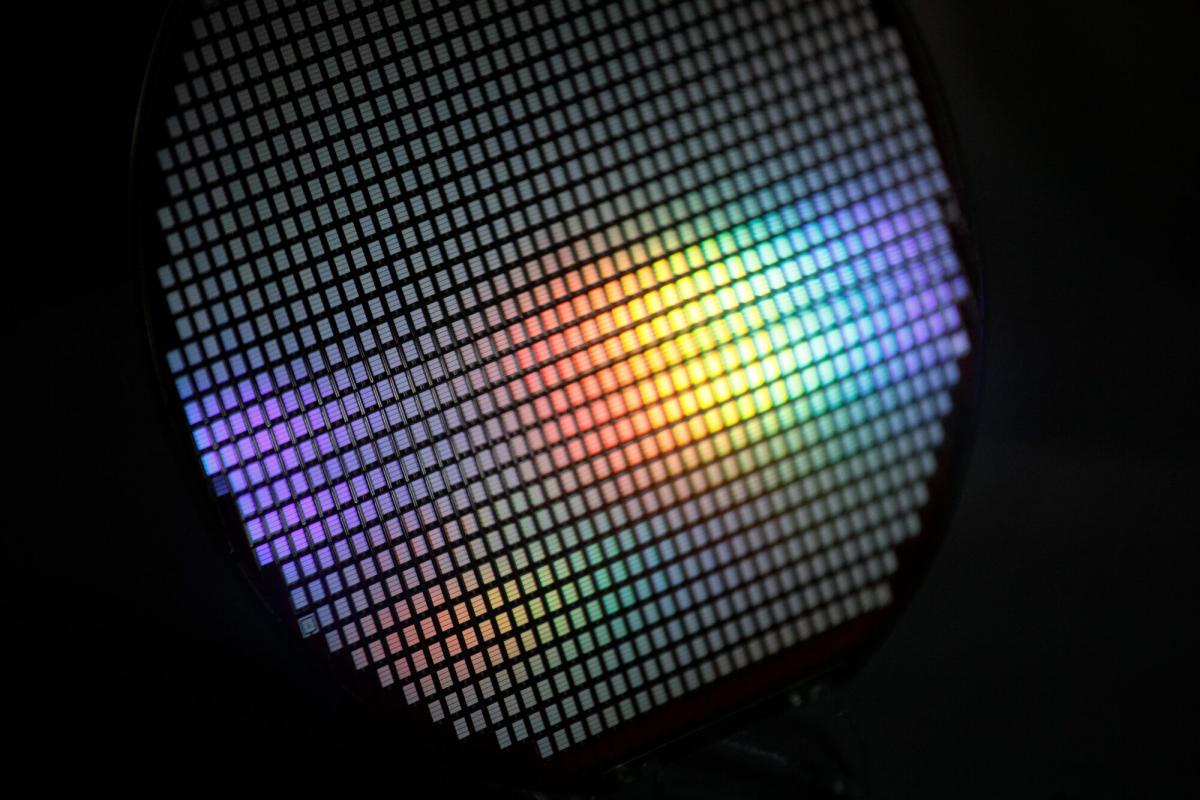BIDDEFORD, Maine (AP) — Orange, blue, calico, two-tone and … cotton candy color?
These are all the shades of lobster that have appeared in fishermen’s traps, supermarket seafood tanks and scientists’ labs over the past year. The funky-colored crustaceans inspire headlines that blare their rarity, with particularly rare blue-tinged baby creatures, described by some as “cotton candy colored”, often estimated at 1 in 100 million.
A recent spate of these curiously colorful lobsters in Maine, New York, Colorado and beyond has scientists wondering just how unusual these discolored arthropods really are. As is often the case in science, it’s complicated.
Lobsters can vary in color based on genetic and dietary differences, and estimates of the rarity of certain colors should be taken with a grain of salt, said Andrew Goode, administrative science officer for the American Lobster Settlement Index at the University of Maine. There is also no definitive source on the occurrence of lobster color anomalies, scientists said.
“Anecdotally, they don’t taste any different either,” Goode said.
In the wild, lobsters typically have a mottled brown appearance and turn orange-red after being boiled for consumption. Lobsters can have color abnormalities due to a mutation in genes that affect proteins that bind to pigments in their shells, Goode explained.
The best available estimates of lobster coloration anomalies are based on data from fishing sourcessaid Markus Frederich, a professor of marine sciences at the University of New England in Maine. But, he added, “no one really tracks them.”
According to Frederich and other scientists, common estimates, such as 1 in 1 million for blue lobsters and 1 in 30 million for orange lobsters, should not be taken as irrefutable numbers. However, he and his students are working to change that.
Frederich is working on noninvasive methods to extract genetic samples from lobsters to better understand the molecular basis of the rare shell coloration. Frederich maintains a collection of oddly colored lobsters in the university’s labs and has documented the progress of the offspring of an orange lobster named Peaches that is housed at the university.
The fisheries gave birth to thousands of babies this year, which is typical for lobsters. About half were orange, which is not the case, Frederich said. Of the baby lobsters that survived, a slight majority were normal in color, Frederich said.
Studying the DNA of the atypically colored lobsters will allow scientists to better understand their underlying genetics, Frederich said.
“Lobsters are iconic animals in Maine, and I think they’re beautiful. Especially when you see these rare specimens, which are just spectacular. And then the scientist in me just thinks, ‘I want to know how this works. What’s the mechanism?’” Frederich said.
He eats lobster, but “never the colored ones,” he says.
One of Frederich’s lobsters, Tamarind, is…


